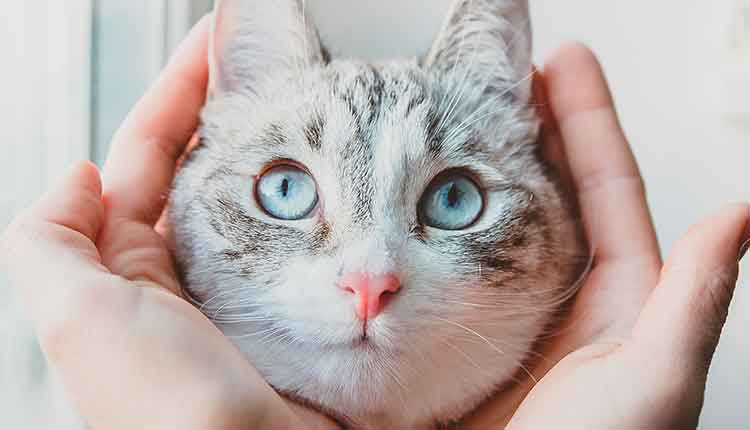Help Your Patients Improve Their Pet’s Oral Health
Dental hygienists advocate and promote oral health for their patients and recognize the systemic effects of periodontal diseases. Dental hygienists can also assist their patients by promoting the oral health of their pets. Pet owners need to recognize that oral disease can have systemic effects on their pet’s overall health. Periodontal diseases are the most common illnesses among dogs and cats. By age 3, 75% of dogs and 60% of cats have some form of oral disease. Oral disease can cause pain and affect pets’ quality of life and longevity. Dental hygienists are well-positioned to educate their patients on the signs of dental pain in their pets, as dogs and cats often mask their discomfort. Untreated dental pain in animals can be demonstrated by teeth chattering, weight loss, change in eating habits, lethargy, and change in behavior.

The progression of periodontal diseases in pets is similar to humans, with many modulating factors, such as the type of bacteria present, their ability to infect the host, and the host response.
 adogslifephoto iagodina / iStock / Getty Images Plus
adogslifephoto iagodina / iStock / Getty Images Plus
In one study, researchers found a high prevalence of periodontal inflammation among cats, with what percentage exhibiting a severe form of tissue damage?
 undefined undefined iagodina / iStock / Getty Images Plus
undefined undefined iagodina / iStock / Getty Images Plus
Pet owners can achieve oral health for their pets with a combination of oral examinations, home care, and professional cleanings.
 Mark_KA iagodina / iStock / Getty Images Plus
Mark_KA iagodina / iStock / Getty Images Plus
A pet oral examination should include which of the following?
 anna avdeeva iagodina / iStock / Getty Images Plus
anna avdeeva iagodina / iStock / Getty Images Plus
Regular professional dental cleanings are key to achieving optimal health in pets.
 Nataba iagodina / iStock / Getty Images Plus
Nataba iagodina / iStock / Getty Images Plus
Normal sulcus depths for a mid-size dog are which of the following?
 Thitisate Thitirojanawat iagodina / iStock / Getty Images Plus
Thitisate Thitirojanawat iagodina / iStock / Getty Images Plus
Besides the challenge of ensuring owners comply with oral health protocols, gaining compliance from the pet may also be difficult.
 Ksenia Raykova iagodina / iStock / Getty Images Plus
Ksenia Raykova iagodina / iStock / Getty Images Plus
During training, choosing a toothbrush that is the correct size for the pet is not an important consideration.
 iagodina / iStock / Getty Images Plus
iagodina / iStock / Getty Images Plus
Share your Results:

